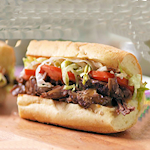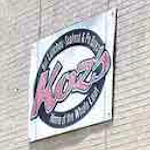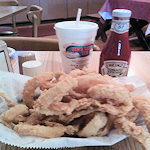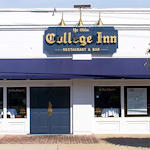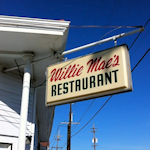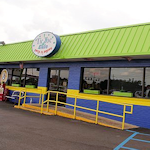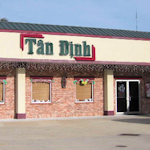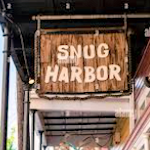Like many cities, New Orleans has its own way of speaking. Several ways, in fact. To the experienced listener, distinct differences in speech patterns and accents can be heard between individuals who grew up as little as a few miles from each other.
Generally speaking, New Orleans accents don't mirror the rural drawl heard in most other Southern states or even the rest of Louisiana. We do say "y'all" when we mean "you" (plural), and it's even often heard misapplied as a possessive pronoun, "y'all's", as in, "I'll stop by y'all's house later."
As a visitor to New Orleans, you may hear one of the more distinctive local dialects and find it charming. You may even make the mistake of thinking most people here speak that way. Worse, you may want to try to emulate it. Don't.
The first mistake a tourist can make when visiting New Orleans is to try to "blend" by speaking in the way they assume locals speak, usually by calling the city "N'Awlins". Outside of a few colorful characters in the local media and a random sample of inebriated individuals on Bourbon Street, no one here regularly pronounces it that way. The most common pronunciation is simply a casual "New OR-luhns".
Where things get confusing is when and where the word "Orleans" is pronounced differently.
The city of New Orleans is located in Orleans Parish (Louisiana doesn't have counties). In this context, it is pronounced "Or-LEENS Parish". The city is only pronounced "New Or-LEENS" when you need it to rhyme, like in a song, e.g. "Do you know what it MEANS to miss New ORLEANS?"
A third pronunciation, which adds an extra syllable, "New Or-Lee-Uns" is reserved for only two occasions. One is by local news broadcasters attempting an air of formality. The second is in radio jingles, where for some reason it just seems to fit better.
Some visitors think certain local accents sound like they could be from the Northeast, particularly Boston. An example of this is what is locally called the "yat" accent. Like Bostonians, the yat accent also often drops the trailing letter "r" from syllables, e.g. "Ovah the bridge, across the rivah."
The term "Yat" derives from the common phrase, "Where y'at?" a local greeting whose equivalent elsewhere would be, "How are you?", "What's up?" or, "How've you been?" None expect a serious answer, but are merely polite formalities. The same is true of, "Where y'at?" A serious follow-up question, however, would be, "How's ya mama 'n' 'em?" Translated, "How is your mother and the rest of your family?" Authentic delivery would be slurred together, sounding like a single word, "Howsyamamanem?" Primary speakers of the accent, normally working-class individuals, can also be called Yats.
Other terms commonly heard in Yat-speak are words like "berl", "erl", "rench", "swimp", "zink" and "terlet". Using all in a single sentence, one might say, "I renched some swimps in da zink, then berled 'em in erl that I poured down the terlet." Translation: "I rinsed some shrimp in the sink, then boiled them in oil that I poured down the toilet."
Find it all quaint and amusing if you will, but please just leave it to the locals.

